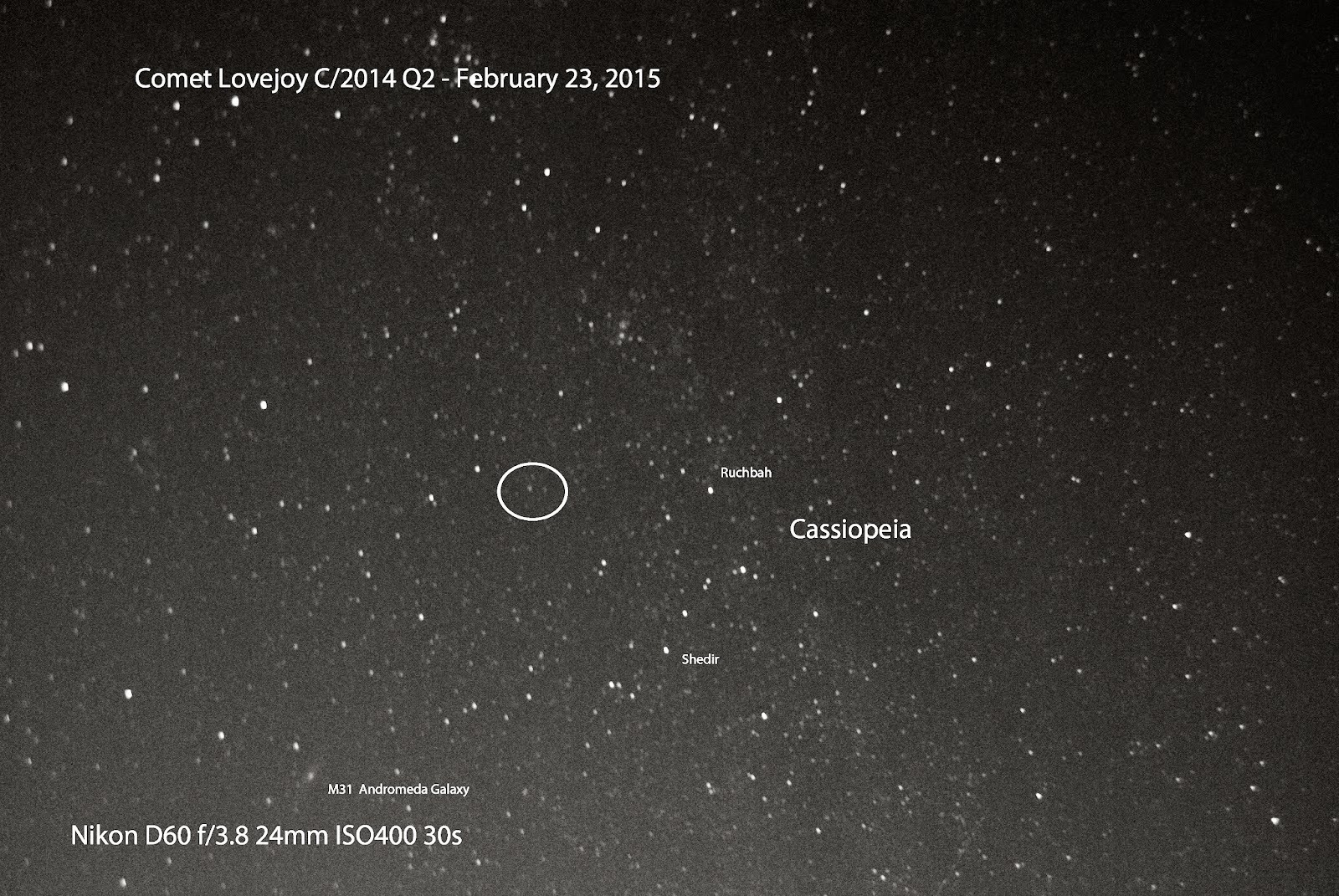Third Quarter Moon. This pictures was taken with my Nikon D60 and 200mm lens, modified and enlarged using CS4. In the center and top, crater Copernicus and the mountain "Montes Apenninus" can easily be observed. The mountains have a diameter of 400km. Copernicus is about 90km in diameter.
Pascal Hilkens Astro Home Page
Saturday, March 14, 2015
Venus - Mars : positions february and march
Venus and Mars at the evening sky - Mach 13th. The angular distance is now more than 3°. Big difference in comparison with 0,28' mid February. Below pictures show nicely the orbit from both planets and how their position changes between each other. The first picture shows Venus "below" Mars. The last one shows Mars 3° "below" venus.
Uranus should be as close to 0.17' from Mars but could not be observed due to cloud formation - unfortunately.
Friday, March 13, 2015
Sunday, March 8, 2015
Venus and Mars
Every day Venus is climbing higher and shows up at the west, about 25°above the horizon. Almost 3h after sunset is the time Venus takes to go below the horizon. Mars is very faint and is seen below Venus. This week Mars will be seen near Uranus, reaching each other within 27'. Uranus however is about magninute 6 and needs to be watched using a small telescope.
Saturday, February 28, 2015
An ultraluminous quasar with a twelve-billion-solar-mass black hole at redshift 6.30
The most luminous quasar (quasi stellar radio sources) currently known is reported in the latest version of Nature.
At the "borders" of the universe, 12.8 billion light years from earth, only 900 million years after the big bang this Quaser was formed. The massive black hole has a mass of 12 billion solar mass. It's not the most massive one (cfr 39 billion solar mass) but in comparison with the black hole in our milky way of 4.1 million solar mass, it's gigantic.
At the "borders" of the universe, 12.8 billion light years from earth, only 900 million years after the big bang this Quaser was formed. The massive black hole has a mass of 12 billion solar mass. It's not the most massive one (cfr 39 billion solar mass) but in comparison with the black hole in our milky way of 4.1 million solar mass, it's gigantic.
Monday, February 23, 2015
Comet Lovejoy C/2014 Q2
Comet Lovejoy C/2014 Q2 can still be seen in constellation Perseus near Cassiopeia. Estimated magnitude 6.
Venus and Mars at the evening sky
Subscribe to:
Posts (Atom)









